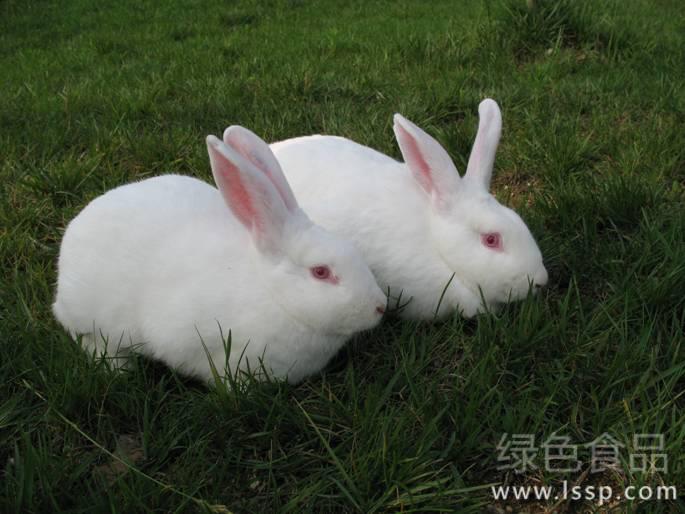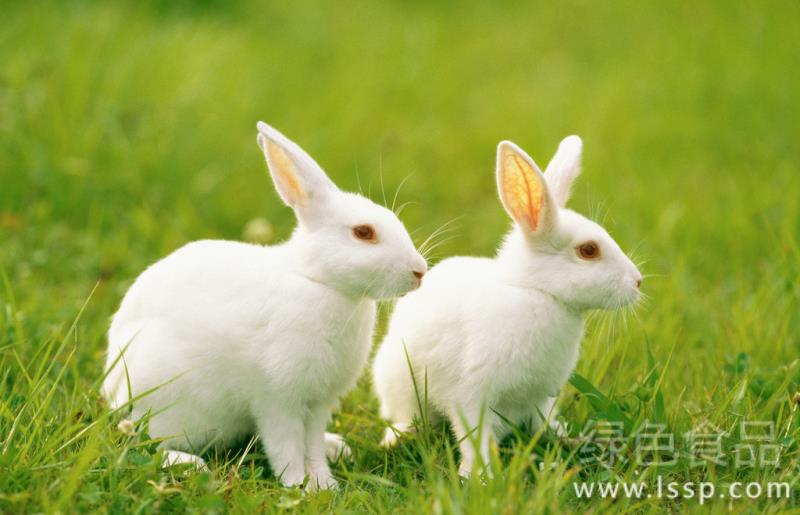How to raise and manage the young pheasant because of its delicate and high mortality rate
The brooding stage of pheasant is before 6-8 weeks of age. Young pheasants are relatively delicate, and if they are not well managed, the mortality rate will be very high. Therefore, in feeding and management, we should also pay attention to the following aspects of work.

Pheasant
1. Careful feeding: to ensure that the nutritious pheasant comes out of its shell for 12 hours, when there is pecking behavior, you can first feed some disinfection water (add potassium permanganate, antibiotics) or sugar water. Chicks who do not know how to drink water should be trained. After feeding the water, stop for 1-2 hours, and then eat. According to the characteristics of small food intake and high dietary protein level, chicks can be fed with cooked eggs mixed with cornmeal on the first day (100 chicks add 3 eggs a day) and full-price materials containing more than 25% crude protein at the age of 2 days. However, when feeding, pay attention to feeding less frequently. At the beginning, it can be fed once every 2-3 hours, and then increase the interval; 6 times a day at the age of 4-14 days, 5 times a day at the age of 15-28 days, and 3 times a day after 4 weeks of age. In general, the feed requirement of chicks increases with the increase of age, and tends to be stable when it grows close to the body weight of adult chickens. At the age of 20 weeks, a total of 6.4 kg to 6.5 kg of concentrate was needed.
2. Suitable temperature: young pheasants, like domestic chickens, have high requirements for ambient temperature, and good temperature control is the key to raising young pheasants. The brooding temperature decreased with the increase of age, and the chicks were 3435 ℃ at 1-3 days old, 33 ℃ at 4 days old, 32 ℃ at 8 days old, 28 ℃ at 11 days old and 28 ℃ at 15 days old. After 20 days of age, it is normal temperature, which can be stopped during the day and continue to heat up at night. After 28 days of age, it can be completely de-warm. But also according to the weather changes, temperature methods, pheasant dynamics, expression and other conditions, flexible control of temperature, so that the brooding effect is better.
3. Strengthen management: brooding management is very important. Because pheasants are neurotic, they are easily affected by the external environment. The slightest movement will lead to panic, random collision, running around, and even damage their own head or break the cervical vertebra. Therefore, try to keep the environment quiet, reduce disturbances and prevent animal pests. With the increase of age, the feeding density should be adjusted in time. Pheasants are very easy to peck at each other. Pecking habits occur in the chicks at the age of 2 weeks. This bad habit is more popular than domestic chickens, and once it happens, it's hard to stop. If left unchecked, it will not take a long time to injure and die the chicks. Therefore, in addition to finding reasons to improve the ventilation, light intensity and nutrition of the chicken house, we can cut off the beak for the first time at the age of 10 to 14 days, or put a metal ring on the pheasant's nostrils. Pheasants wear nose rings at the age of 1 month until they are sold at the age of 4 months. If you keep the seed, it is necessary to replace the annual pheasant nose ring, the nose ring will not hinder the pheasant feeding and other normal activities, and the effect of preventing pecking is better.
- Prev

How to prevent and cure salivation disease in rabbits
How to prevent and cure salivation disease in rabbits
- Next

How to prevent and cure coccidial diarrhea in young rabbits caused by convulsive failure of their limbs
How to prevent and cure coccidial diarrhea in young rabbits caused by convulsive failure of their limbs
Related
- On the eggshell is a badge full of pride. British Poultry Egg Market and Consumer observation
- British study: 72% of Britons are willing to buy native eggs raised by insects
- Guidelines for friendly egg production revised the increase of space in chicken sheds can not be forced to change feathers and lay eggs.
- Risk of delay in customs clearance Australia suspends lobster exports to China
- Pig semen-the Vector of virus Transmission (4)
- Pig semen-the Vector of virus Transmission (3)
- Five common causes of difficult control of classical swine fever in clinic and their countermeasures
- Foot-and-mouth disease is the most effective way to prevent it!
- PED is the number one killer of piglets and has to be guarded against in autumn and winter.
- What is "yellow fat pig"? Have you ever heard the pig collector talk about "yellow fat pig"?

